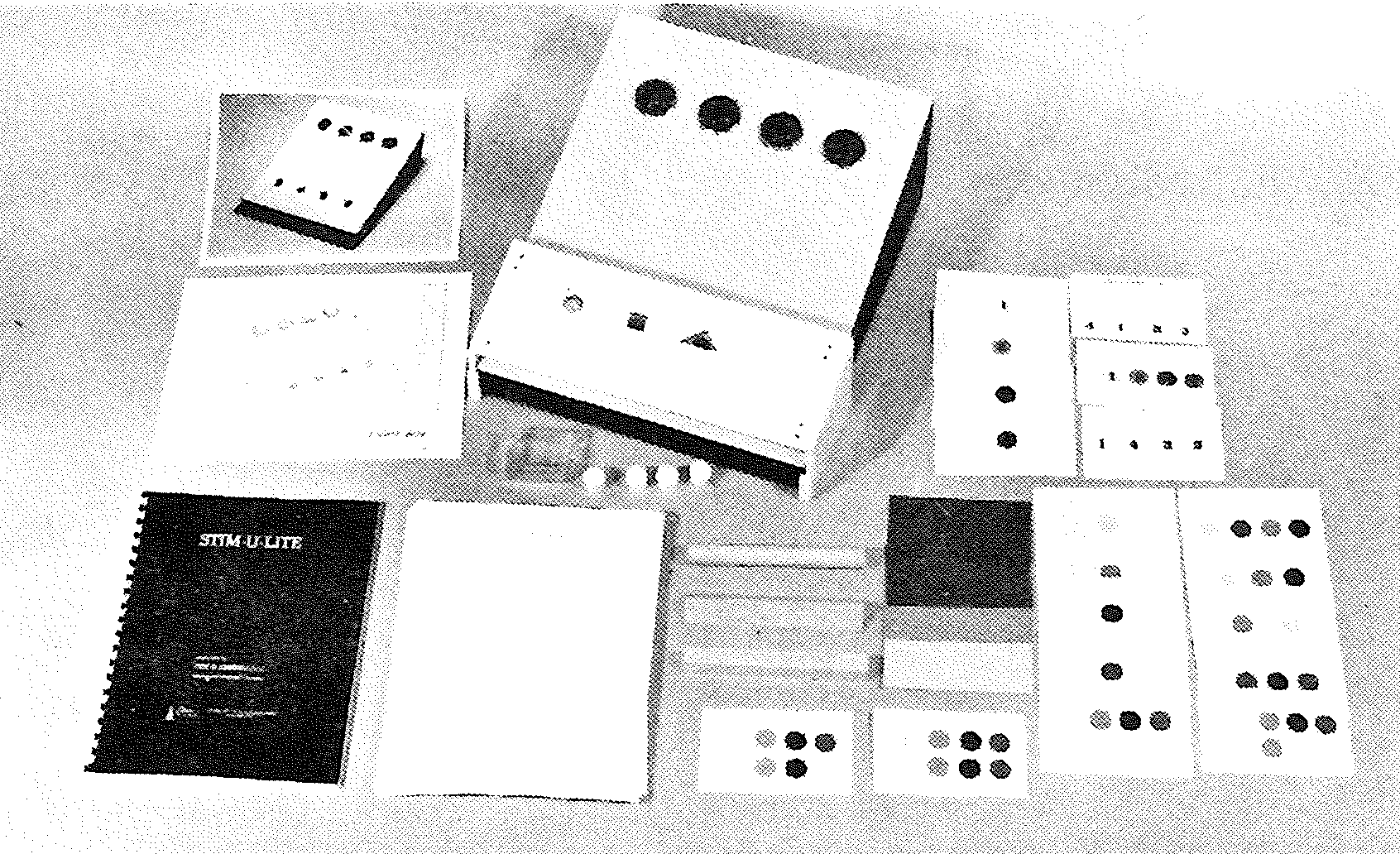Technology has come a long way in the past 30 years. Because of these advances we now have the potential to do so much more, especially within the field of assistive technology. However, if we as the users of technology don’t adapt and respond to the changes, that’s all it will ever amount to – potential. The sheer existence of technology is not enough to provide the value that it was originally intended to create. It’s up to us to expand upon the technology presented to us in order to truly know how far it can take us.
The Early Days of AAC Devices
It was 1983 when I had an opportunity to work with a speech pathologist on what was one of the earliest AAC devices (Augmentative and Alternative Communication Device) for persons with significant disabilities. It was called Stim-U-Lite. Stim-U-Lite had four colored lights; red, yellow, blue and green. The idea was simple – match a light to a word, sign or activity in order to communicate. For example, match the green light to a symbol of food. When the user is hungry they simply press the green light. We sold this new device for $249.00.
At the time we felt that this was pretty novel stuff. We sold a few devices in 1984- 1986. However, in 1987 RadioShack came out with their own version of the light box and sold it for under $10. We decided to get out of this industry and focus our energies on our Functional Skills System because I felt we could not compete with RadioShack. That turned out to be a decision that I later regretted.
The AAC Device of Today
Fast forward some 25 years to December of 2011 when we came back to this industry with our first communication app, the Functional Communication System. This iPad app takes full advantage of the iPad’s capabilities; pictures of real life things rather than the old symbols we used for Stim-U-Lite. The app features over 4,500 videos from our Functional Skills System to help teach the meaning of the pictures. We also added the ability to customize the app using your own pictures and videos. Recently we added the ability to create categories within the Favorites section to help with organization.
A Blast From the Past
We attended our first ASHA Convention last summer to introduce our new technology to the world. Much to my surprise the whole industry was still using symbols to depict “things” rather than real life pictures and videos. Why is it that after 25 years not much has changed? How can we still insist that users learn our “symbolic language” first and then learn what the symbols represent? Using symbols to represent words is like forcing the user to learn two languages – the symbol and its meaning. Additionally, where do we find those symbols in use in our society? We don’t.
So I ask this question in 2012:
“The technology has changed in the last 25 years – why didn’t we change?”

